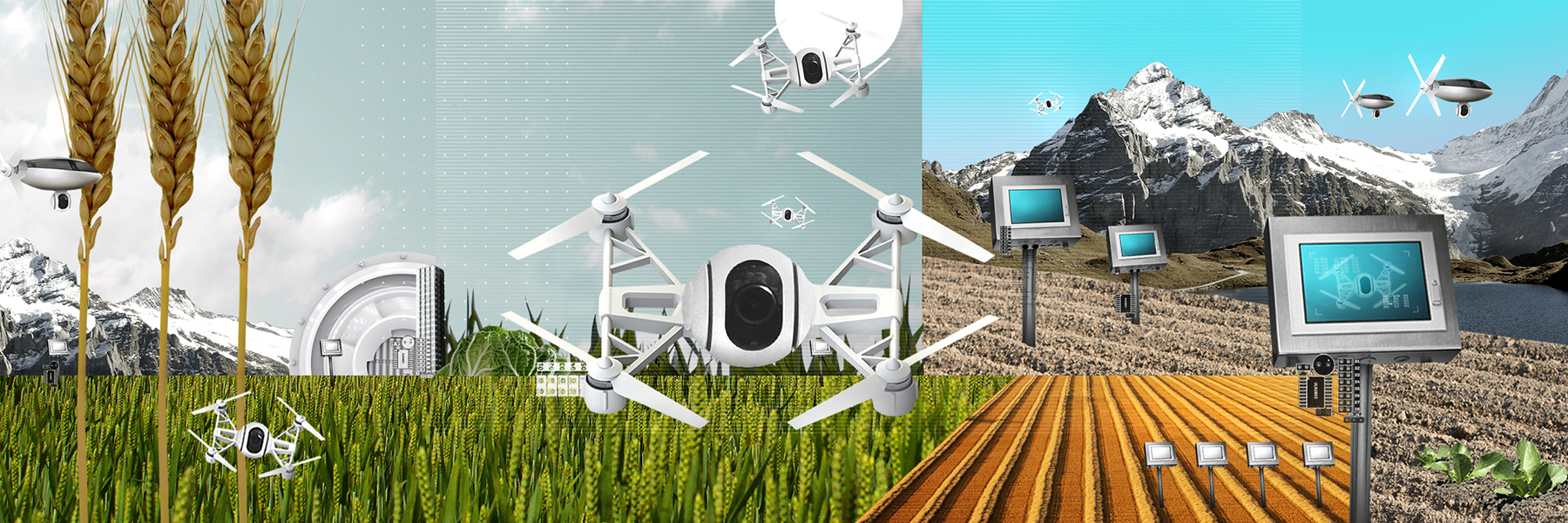
Switzerland – where the robots of tomorrow are born
The Alpine nation is well known for its watches, chocolate and pharmaceutical industry. But in recent years Switzerland has also become a leader in robotics thanks to its top universities, research centres and start-ups.
The move into robotics has been a natural fit for a country that excels in high-end precision machinery and electronics.
To pull together top Swiss research in this field, the National Centre of Competence in Research (NCCR)External link Robotics was formed in 2010, funded by the Swiss National Science Foundation, to develop “new, human-oriented robotic technology for improving our quality of life”. After 12 years and CHF85 million ($91.2 million) invested, funding for the programme came to an end in November 2022. The NCCR project is being succeeded by the NTN Innovation Booster RoboticsExternal link programme, aimed at promoting knowledge transfer and a transition to the industrial phase.
Today, the most popular robots are not made in Switzerland, but in Japan, Korea, China, Germany or the United States. Yet Switzerland is a world leader in robotics research, and the products made by Swiss start-ups are sold around the world.
They also have a wide appeal among the Swiss public, especially children, as shown in this video from the Swiss Robotics Days in Lausanne on November 4-5, 2022.
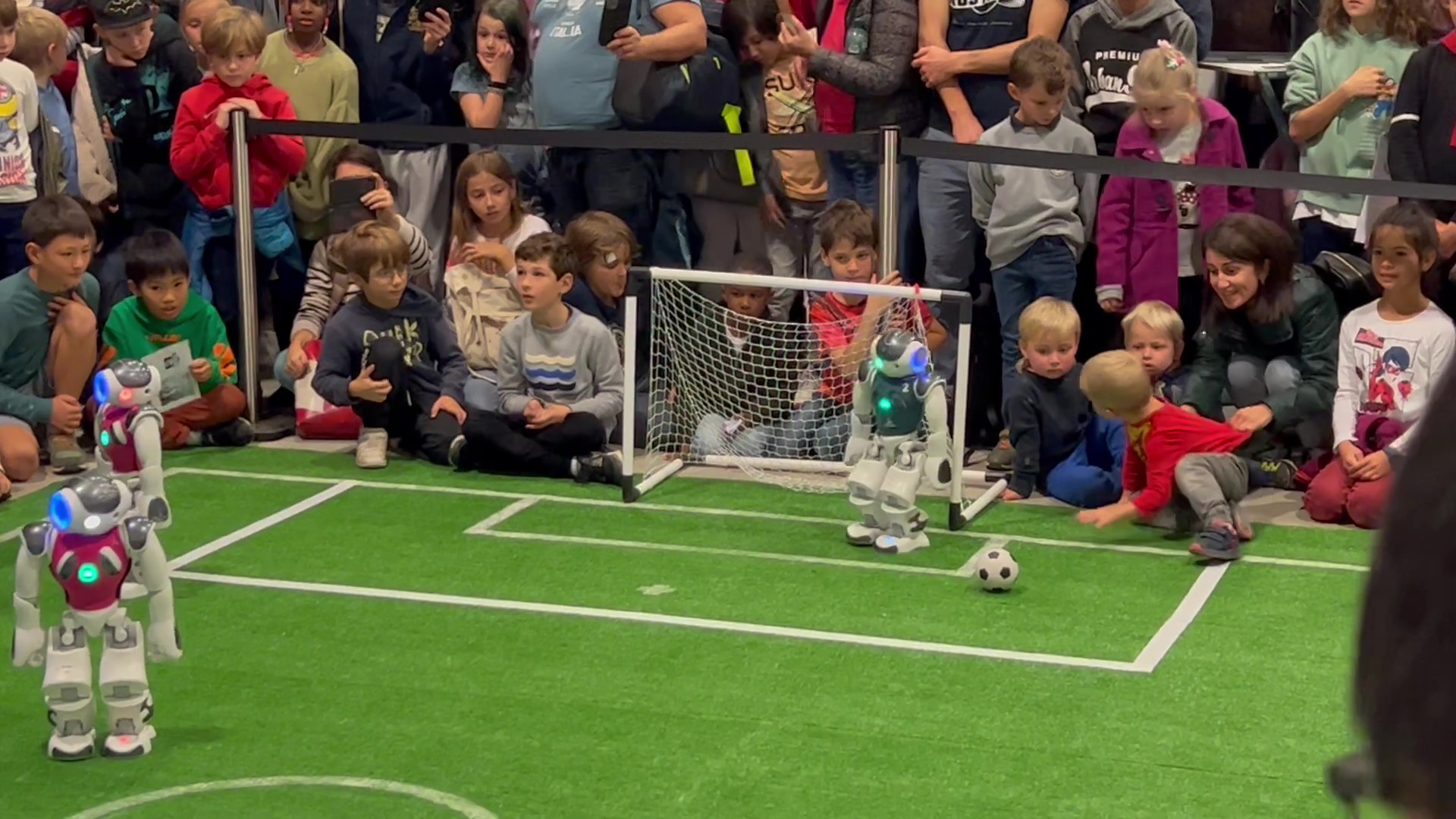
More
Swiss robots and drones pull in crowds
‘Drone Valley’ and killer robots
In certain robotics fields, like professional drones, Switzerland is at the forefront. The University of Zurich led the NCCR’s research into search-and-rescue robotics, while EPFL scientists have been working on how to improve the agility, flight time and speed of the next generation of drones, creating devices that look like birds.
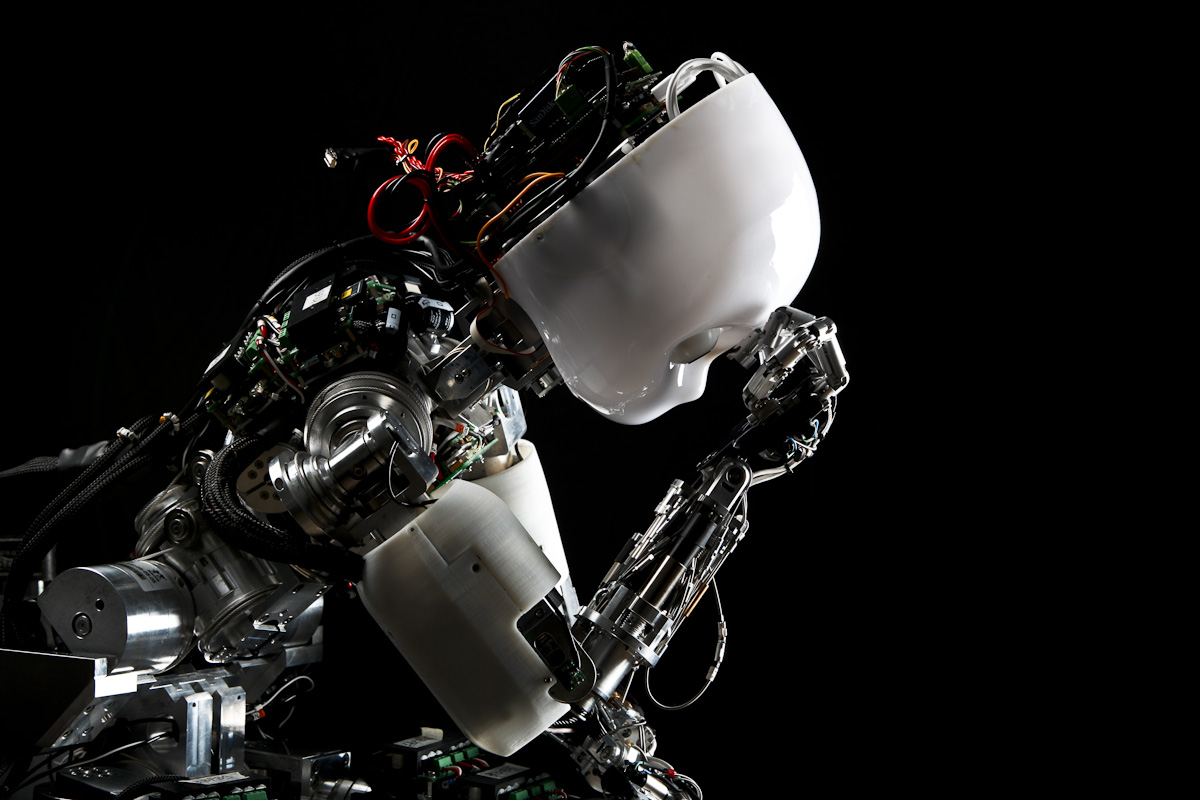
More
Swiss robotics moves from research to delivering products
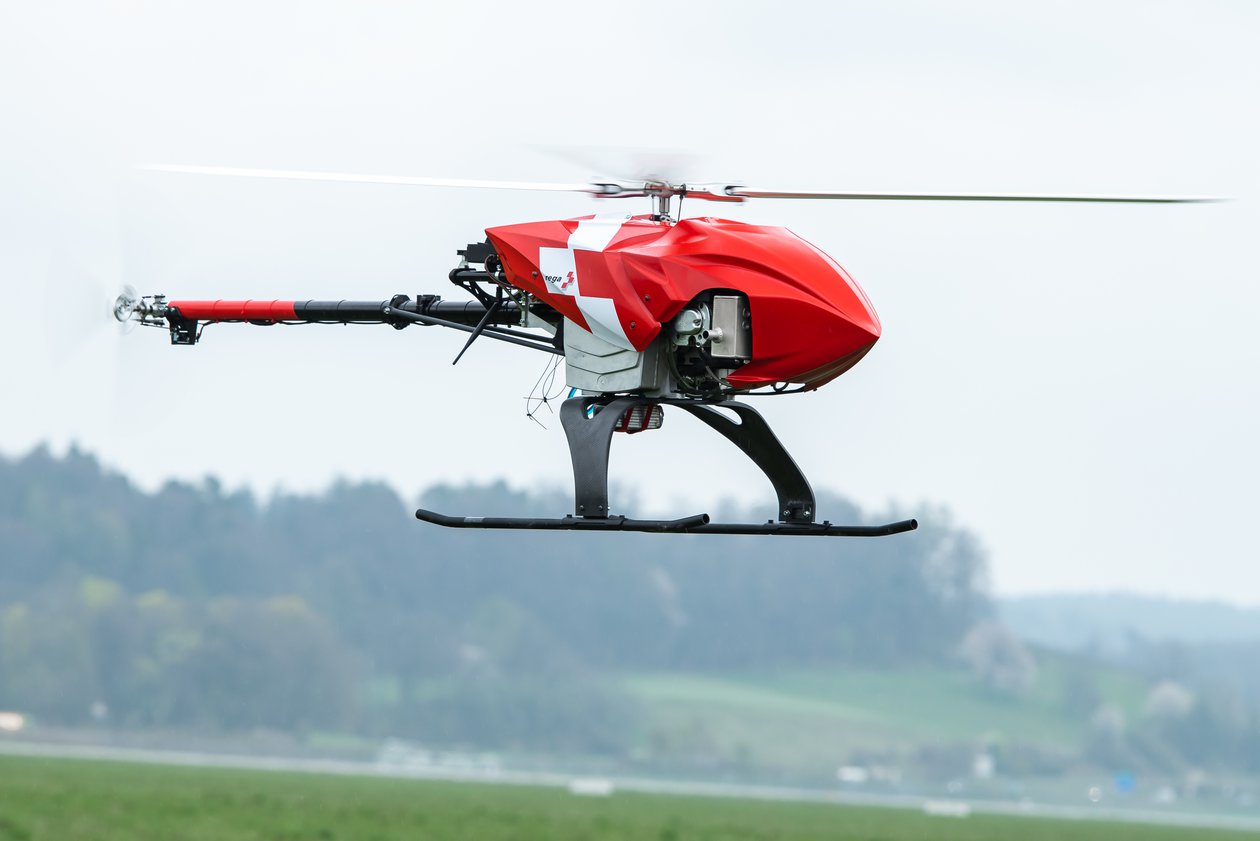
More
Swiss drones to the rescue!
These professional drones are not toys. For now they are not yet able to deliver goods or rescue people, but are used mainly for observation purposes, deployed in locations that are difficult to access. They are also increasingly used by farmers.
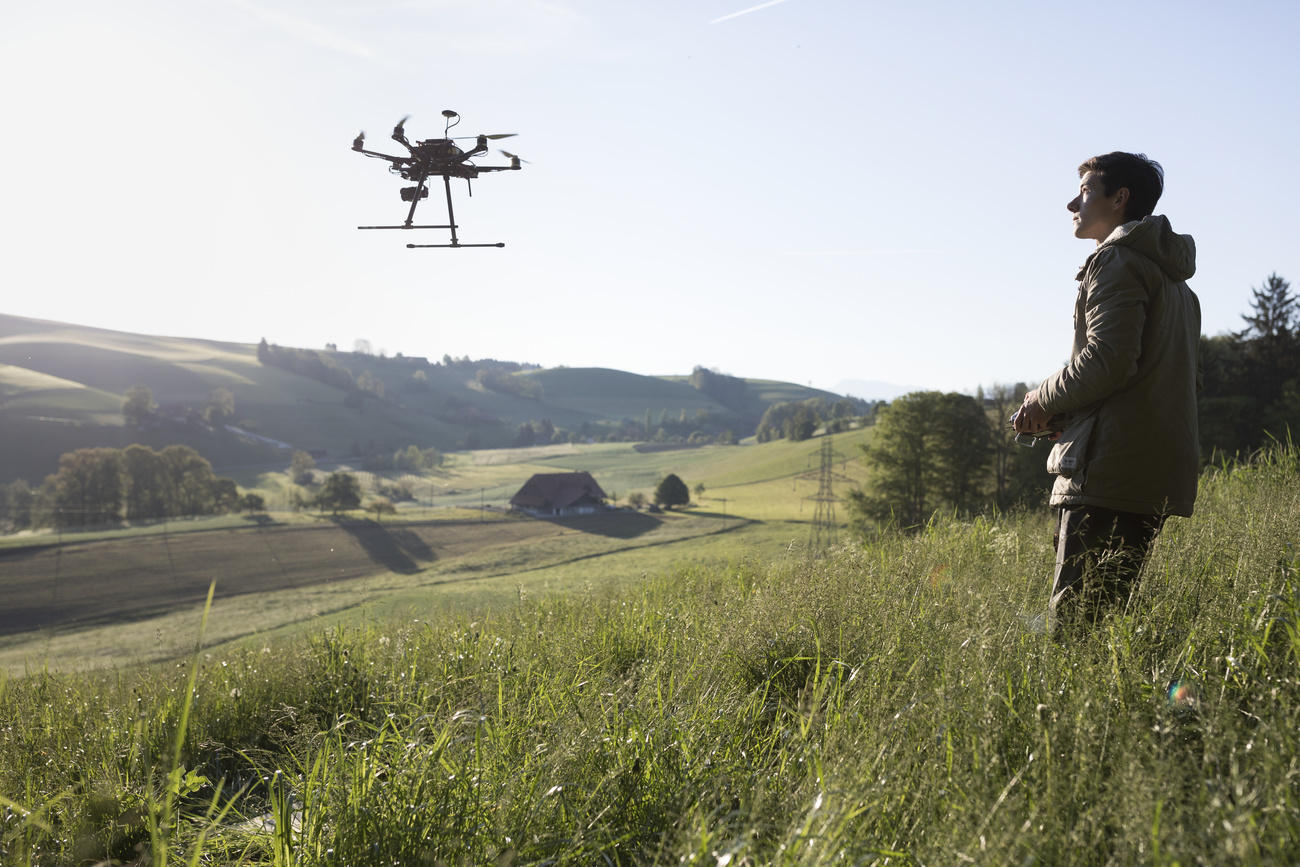
More
How Swiss technology is changing farming
Drones are also used more and more by the military. Virtually all robots can have military applications, and armed conflicts have accelerated the development of such technologies. In Switzerland, scientists are all too aware of the possible wartime uses of drones.
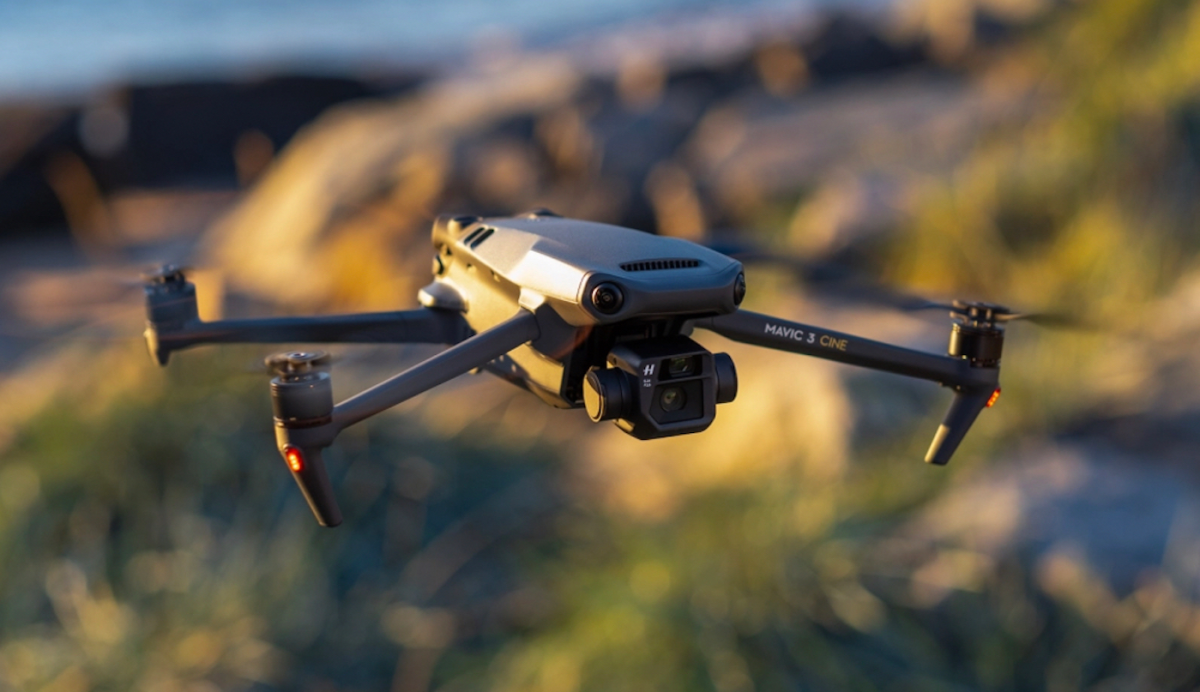
More
Swiss army uses drone technology. Should we worry?
So-called “killer robots” – lethal autonomous weapons – are no longer the realm of pure science fiction. Fully autonomous weapons do not yet exist, but campaigners say they could be deployed in battle in just a few years given rapid advances and spending on artificial intelligence and other technologies. Meanwhile, partly autonomous weapon and military robotics systems – such as AI-powered tanks, planes and ships – have reportedly been deployed or are under development in numerous states, including China, France, Israel, Britain, Russia and the United States.
There are currently no laws or international treaties to regulate their use. But over the past decade diplomats, disarmament experts and campaigners have been meeting at the United Nations in Geneva to discuss the multiple ethical, legal, operational, security and technical challenges of killer robots.
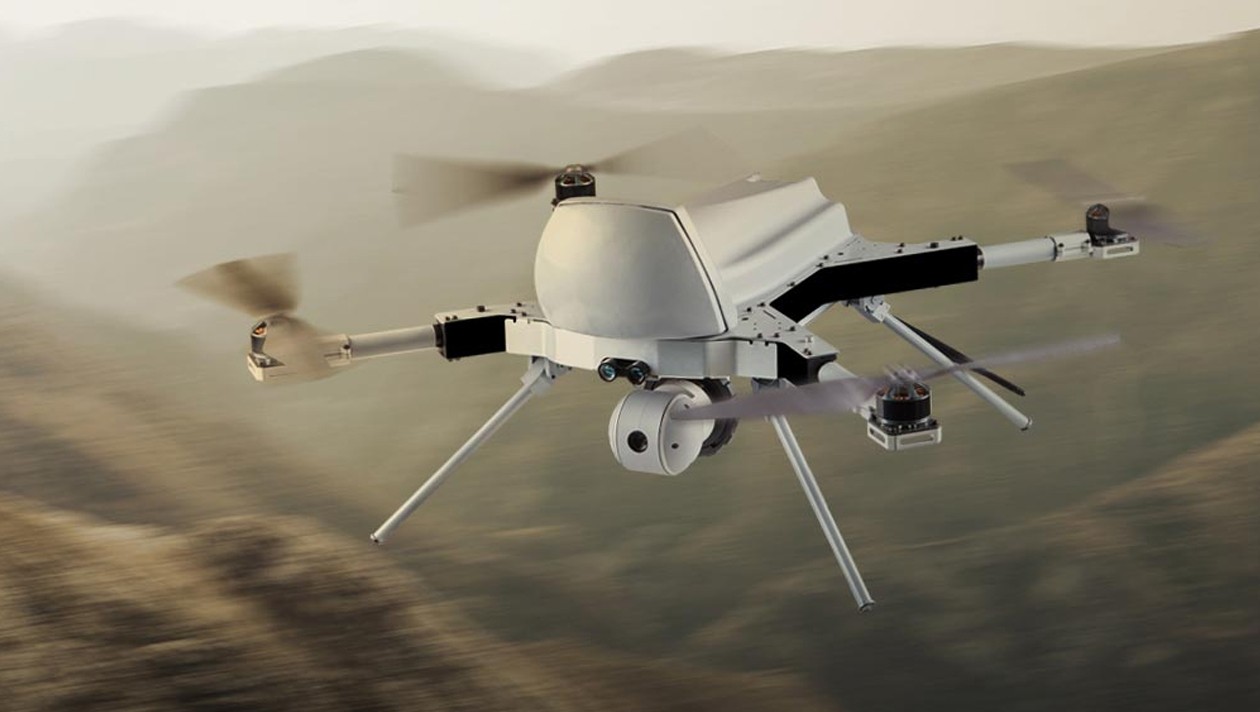
More
Ban on ‘killer robots’ faces showdown in Geneva
Search-and-rescue devices
While animal-like robots, like the Spot or Big Dog by Boston Dynamics, are becoming more commonplace, humanoid robots are still a distant dream for scientists.
Swiss developers are still playing catch-up, but a Zurich start-up already offers a sort of robotic dog that is able to navigate rough terrain for search-and-rescue missions following a disaster.
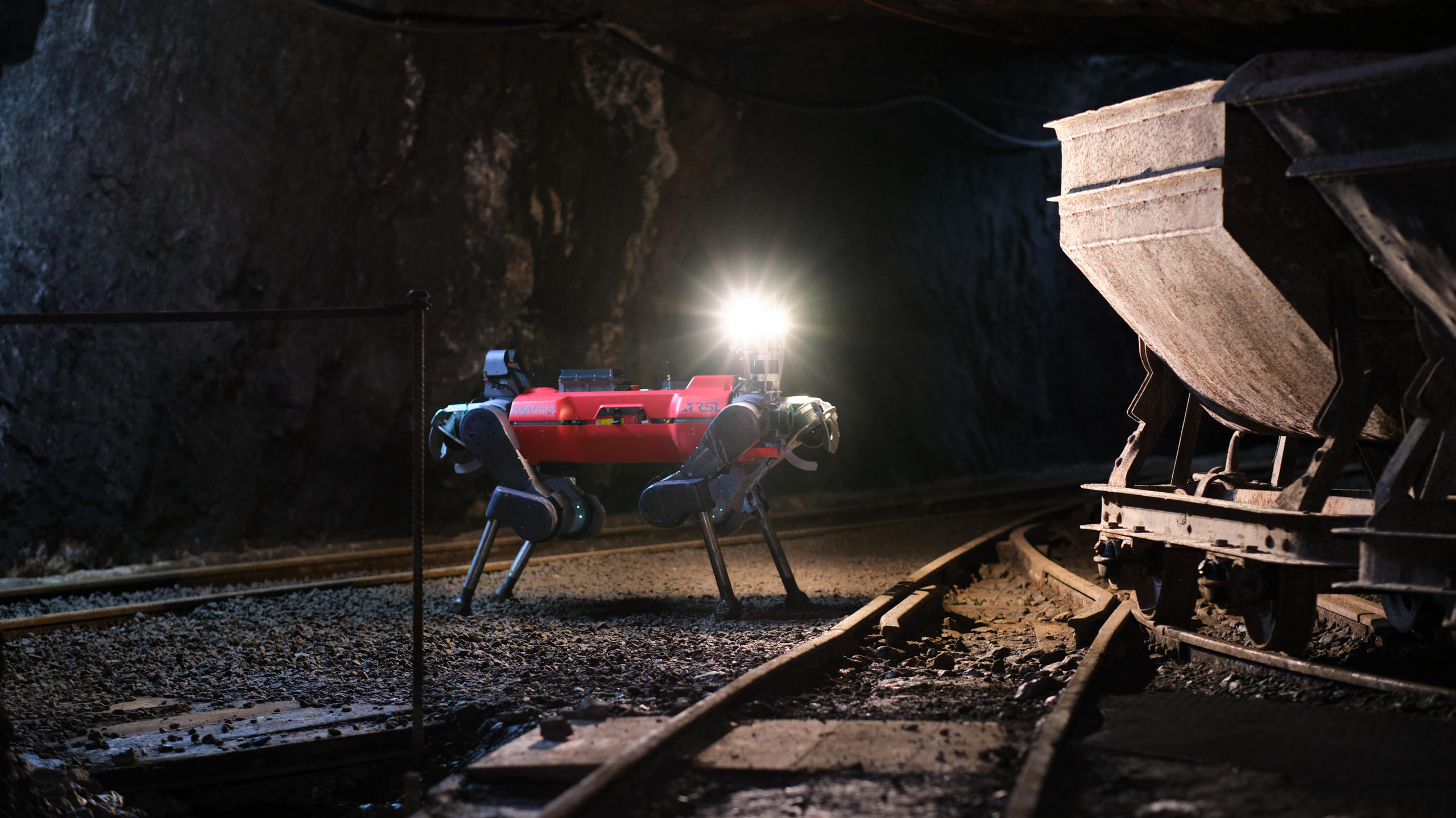
More
‘The world needs technologies that can contain disasters’
Robots may not yet be able to pull victims out from under destroyed houses and rubble, but they can help assist us in the field of healthcare. Medical robotics is a broad sector that was one of the best represented in NCCR-supported projects.
These range from robotic prostheses to exoskeletons aimed at helping people with disabilities regain mobility – and even semi-autonomous robot surgeons.

More
What if your future surgeon were a robot?
The trend for robots in classrooms and universities was given a boost by the Covid-19 pandemic and distance learning. Yet everyone still seems to agree that a robot could one day serve as an assistant, but never as a teacher.
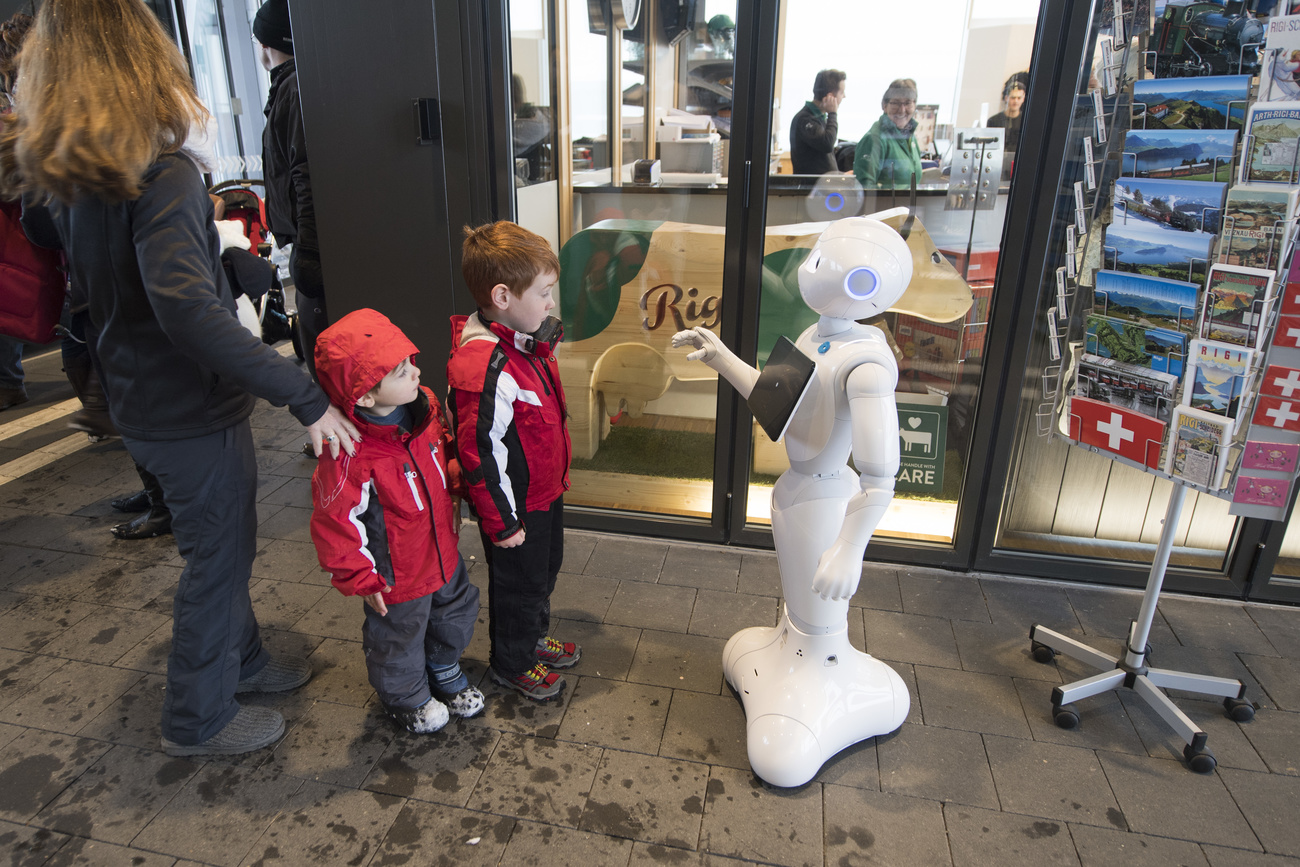
More
Switzerland gears up to place robots in classrooms
Even if robots are fast, agile and fearless, have better vision and can make faster calculations than humans, they do not have the same intelligence. Theirs is artificial, and so far, no AI system has passed the Turing test – the famous check invented by computer pioneer Alan TuringExternal link in 1950 to determine whether a programme could pass as human.
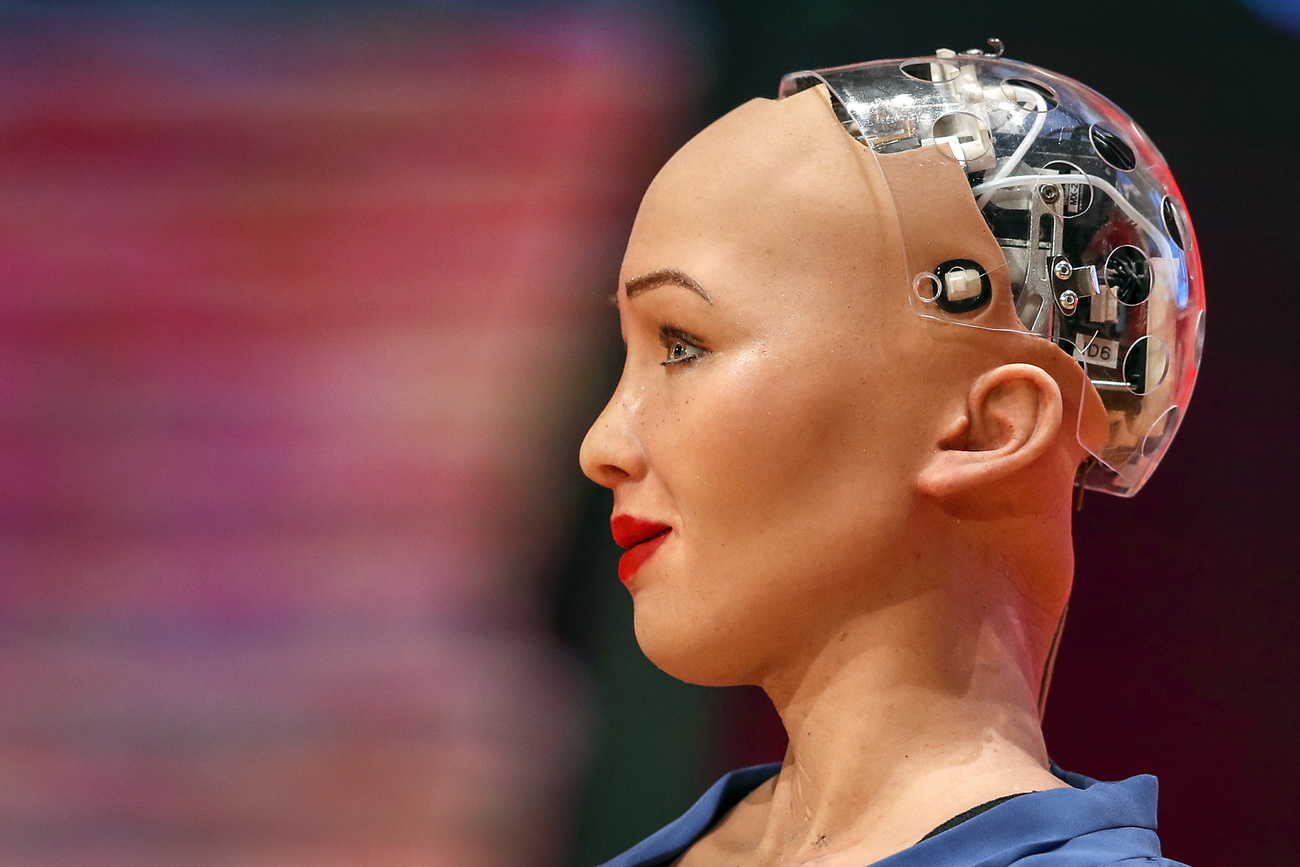
More
Is artificial intelligence really as intelligent as we think?
Translated from French by Simon Bradley

In compliance with the JTI standards
More: SWI swissinfo.ch certified by the Journalism Trust Initiative







